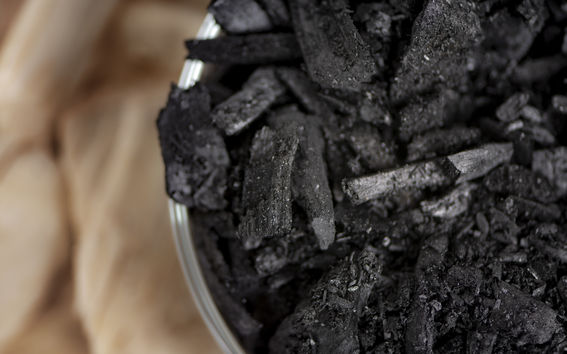Carbon Lane – Urban test site for sequestering carbon with biochar

When
Where
Carbon Lane (CarLa) suggest new ways of living with carbon and sequestering carbon in urban environments.
Biochar can significantly increase the capacities of cities to strive for carbon neutrality, and thus it has increasing traction as a material for sequestering carbon. It can also help with stormwater management and prevents run-off.
Biochar is already a commercial product. However, use in cities is on an experimental scale.
Users such as green infrastructure managers hesitate due to lack of knowledge about and familiarity with the material. An urban, scientifically designed test site popularises soil science and engages citizens in questions of carbon sequestration.
The solution targets both the market actors including supply side and cities as well as citizens and local residents.
The team:
-
Mikko Jalas, professor, School of Arts, Design and Architecture
-
Priit Tammeorg, senior lecturer, Agro-ecology, University of Helsinki
-
Esko Salo, Management studies, University of Jyväskylä
Partners and commitments:
-
The designed space is being constructed in 2020 at Jätkäsaari Helsinki
-
Several companies and the City of Helsinki have been involved in the CarLa project and will be invited to join this proposal
Carbon Lane -project
Carbon Lane (CarLa) is an EIT Climate-KIC funded project which takes place during 2019. The project explores practical carbon drawdown solutions for urban green areas

Hack our habitat
Aggressive urbanisation is straining our ecosystem. Rising construction volume causes massive demand for energy-intensive construction materials, and construction already accounts for 39 per cent of the global CO2 emissions.







